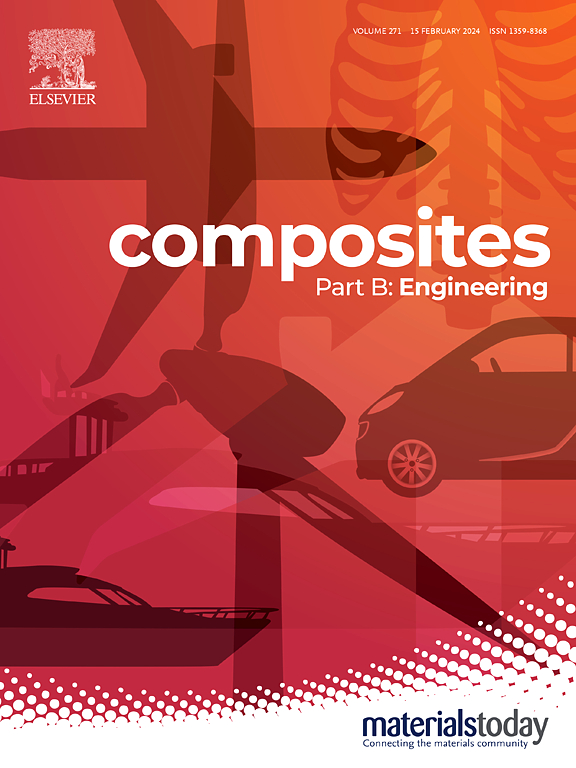Kartogenin-mediated transformation of osteo-chondroprogenitors from stem cells facilitates bone repair via intramembranous and endochondral ossification
IF 12.7
1区 材料科学
Q1 ENGINEERING, MULTIDISCIPLINARY
引用次数: 0
Abstract
Bone tissue engineering through regulation of mesenchymal stem cells (MSCs) provides a promising strategy for bone repair via intramembranous or endochondral ossification. Here, the novel approach of promoting the transformation of MSCs into osteo-chondroprogenitors to simulate the initial process in bone development to improve bone repair was proposed and validated via the use of a small-molecule drug, kartogenin (KGN). The transformation of MSCs into osteo-chondroprogenitors was effectively achieved by KGN treatment in 1 week. In the Ca2+-rich bone microenvironment in vitro, the transformation of MSCs markedly enhanced osteoblast generation by upregulating SOX9, RUNX2, and β-catenin. In vivo experiments further verified that the transformation of osteo-chondroprogenitors drove rapid bone repair within 4 weeks, through both intramembranous and endochondral ossification. This study proposes accelerating bone regeneration by inducing the transformation of MSCs into osteo-chondroprogenitors and reveals the co-existence of intramembranous and endochondral ossification during bone repair, providing new insights for bone regeneration.
求助全文
约1分钟内获得全文
求助全文
来源期刊

Composites Part B: Engineering
工程技术-材料科学:复合
CiteScore
24.40
自引率
11.50%
发文量
784
审稿时长
21 days
期刊介绍:
Composites Part B: Engineering is a journal that publishes impactful research of high quality on composite materials. This research is supported by fundamental mechanics and materials science and engineering approaches. The targeted research can cover a wide range of length scales, ranging from nano to micro and meso, and even to the full product and structure level. The journal specifically focuses on engineering applications that involve high performance composites. These applications can range from low volume and high cost to high volume and low cost composite development.
The main goal of the journal is to provide a platform for the prompt publication of original and high quality research. The emphasis is on design, development, modeling, validation, and manufacturing of engineering details and concepts. The journal welcomes both basic research papers and proposals for review articles. Authors are encouraged to address challenges across various application areas. These areas include, but are not limited to, aerospace, automotive, and other surface transportation. The journal also covers energy-related applications, with a focus on renewable energy. Other application areas include infrastructure, off-shore and maritime projects, health care technology, and recreational products.
 求助内容:
求助内容: 应助结果提醒方式:
应助结果提醒方式:


